Retail
- Home / Industries /
- Retail
Business intelligence in Retail

Efficient Retail Operations: My dashboard streamlines retail operations by providing real-time updates on sales, inventory levels, and customer engagement metrics.
Optimized Inventory Management: With instant visibility into stock levels, the dashboard helps retailers avoid stockouts and ensure shelves are well-stocked with popular products.
Enhanced Customer Engagement: By tracking customer engagement metrics, such as purchase frequency and product preferences, the dashboard enables retailers to personalize marketing efforts and improve customer satisfaction.
Financial Insights: The dashboard offers valuable insights into financial performance, allowing retailers to identify trends, optimize pricing strategies, and maximize profitability.
Compliance Monitoring: With built-in alerts for compliance issues, such as regulatory requirements or internal policies, the dashboard helps retailers stay compliant and mitigate risks.
AI in Retail
Machine learning models are employed to segment customers based on their buying behavior, preferences, demographics, or any other relevant factors. This enables retailers to gain a deeper understanding of their customer base and tailor marketing strategies, product offerings, and personalized promotions to different customer segments.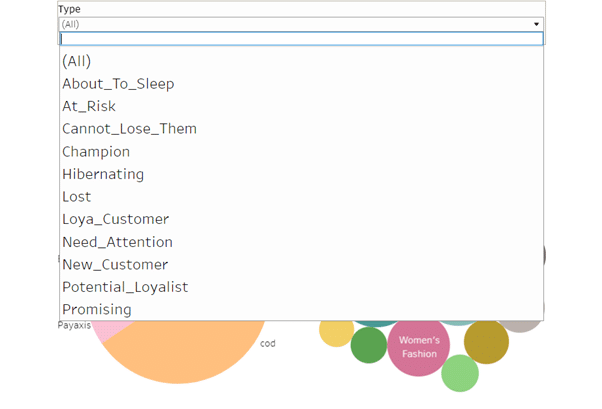
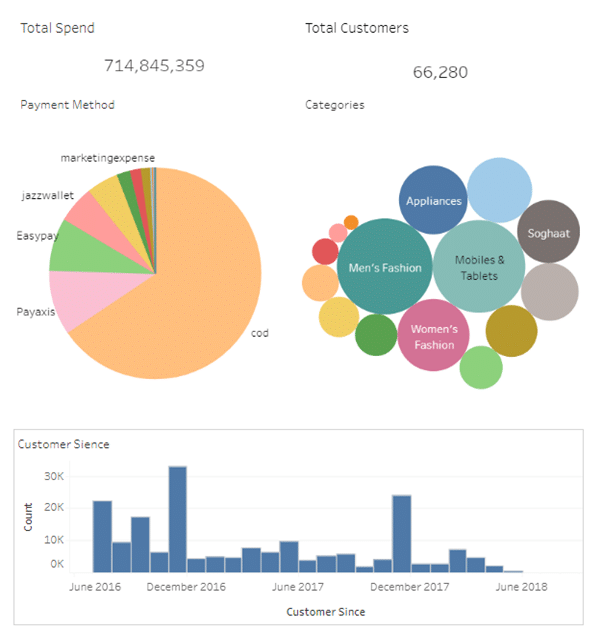
- Customer segmentation report:
By utilizing machine learning algorithms, retailers can generate comprehensive reports that provide insights into customer segments. These reports analyze customer data, such as purchase history, browsing patterns, and demographic information, to identify distinct groups. Retailers can then use this information to make informed decisions regarding inventory management, marketing campaigns, and customer engagement strategies.
Offers for Each Customer Type Based on Their Buying Categories or their payment method:
Using the above model retailers can determine personalized offers for each customer type. Like, providing targeted discounts, promotions, or product recommendations that align with individual customer preferences and purchasing behaviors, thereby enhancing customer satisfaction and driving sales.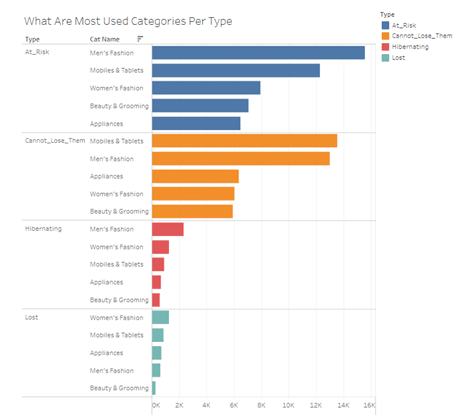
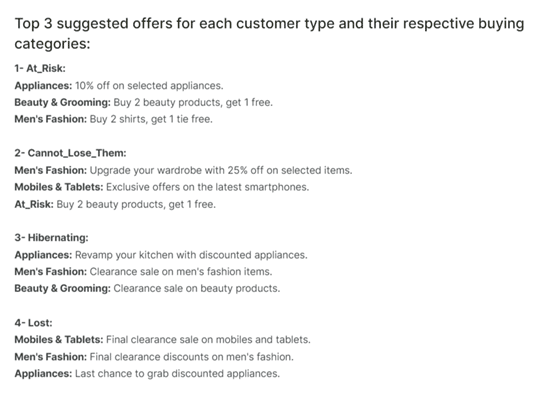
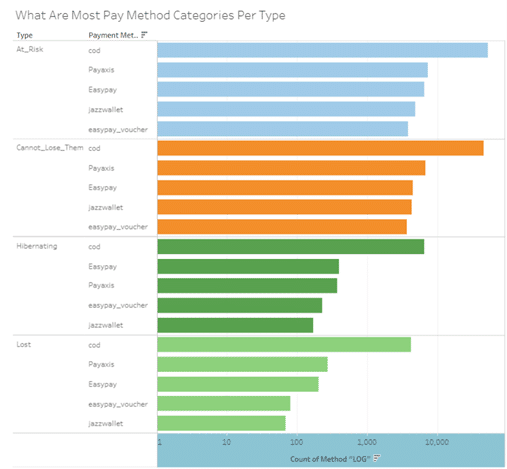
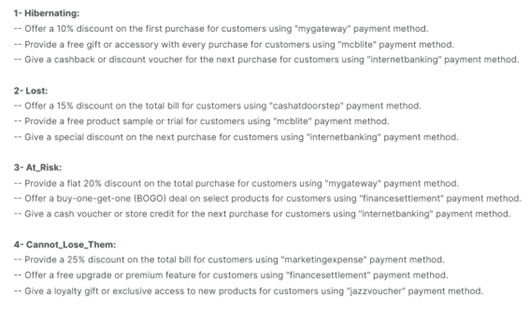
Machine learning models utilize historical sales data, seasonal trends, economic indicators, and other relevant factors to forecast monthly sales figures for retail businesses. By analyzing patterns and identifying underlying trends, retailers can better plan inventory levels, optimize resource allocation, and make data-driven decisions to meet customer demand effectively.
By leveraging machine learning algorithms, retailers can offer personalized product recommendations to customers based on their similarities with other customers. This involves analyzing historical purchase data, browsing behavior, and user profiles to identify patterns and similarities among customers. Retailers can then suggest products that are popular among similar customers, increasing the likelihood of customer engagement and conversion.
Machine learning algorithms analyze product attributes, purchase history, and customer preferences to identify similarities and associations between items. This enables retailers to provide relevant product recommendations to customers based on their current selections or browsing history. By suggesting complementary or similar items, retailers can enhance customer experience, increase cross-selling opportunities, and drive revenue.
Machine learning models are utilized to predict customer churn, which refers to when customers stop engaging or purchasing from a retail company. By analyzing various customer data such as purchase history, browsing behavior, demographics, and customer interactions, machine learning algorithms can identify patterns and indicators that suggest a customer is at risk of churning. This helps retailers proactively take measures to retain those customers and improve their satisfaction.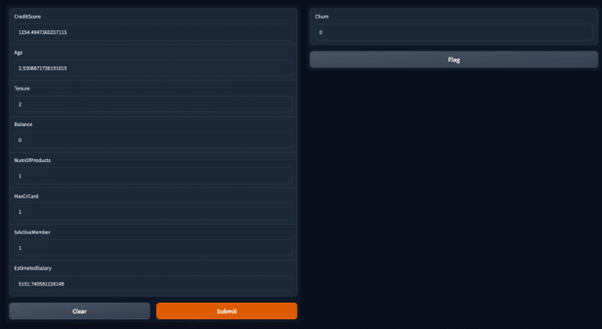
a computer vision technology that enables accurate tracking and counting of items for each customer. Our cutting-edge algorithms analyze visual data from in-store cameras or self-checkout systems, allowing us to seamlessly monitor and record the items selected by individual customers.![]()
Using advanced natural language processing (NLP) techniques and machine learning algorithms, order reviews can be analyzed to gain insights into customer feedback, sentiments, and preferences. This application involves extracting and analyzing text data from customer reviews related to their orders.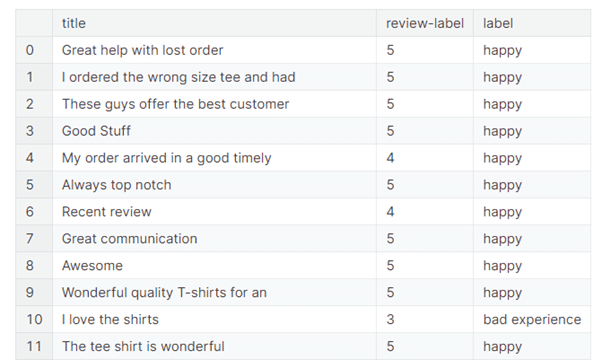
Leveraging the Full Potential of Your Cloud Investment



